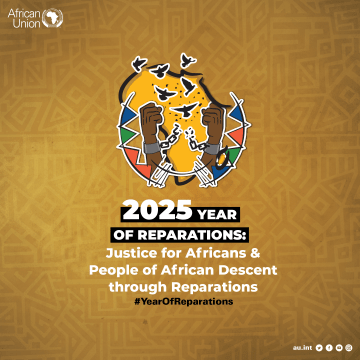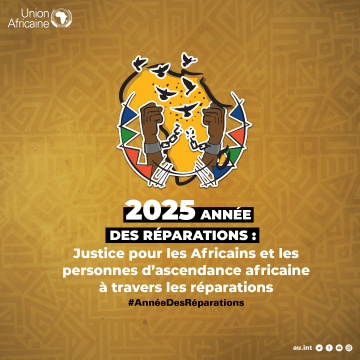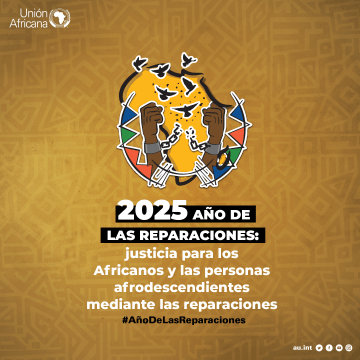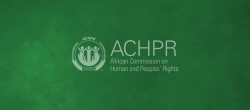Preface
Over the last ten years, the African Commission on Human and Peoples’ Rights (African Commission) has taken bold steps to understand, expound and address the human rights situation of indigenous communities in Africa. The African Commission’s Working Group on Indigenous Populations/Communities (Working Group) has been the institutional anchor for these efforts.
During the first three years of its existence, the Working Group engaged in exploring the normative place of indigenous rights in the continent’s juridical instruments as well as exposing the empirical human rights situation of communities self-identifying as indigenous. It did this through its seminal work adopted in 2005,the Report of the African Commission’s Working Group of Experts on Indigenous Populations/Communities, submitted in accordance with the “Resolution on the Rights of Indigenous Populations/Communities in Africa.” This report came at an important juncture in the global development of indigenous peoples’ rights because, during this period, intense debates were going on around the Draft UN Declaration on the Rights of Indigenous Peoples. Based on this report, the African Commission was placed at a vantage point of informing the African Union’s engagement with discussions on the UN Declaration, culminating in a reversal of the AU’s initial ambivalence towards the notion of indigenous rights.
Arising contemporaneously with the report, indigenous communities have also sought to vindicate their rights through the African Commission’s adjudicative mandate. The highest watermark for indigenous rights advocacy was the African Commission’s adoption of its decision in Communication 276/2003, Centre for Minority Rights Development & Minority Rights Group International (on behalf of the Endorois community) v Kenya in February 2010. Apart from crafting clear indicators for indigenousness in Africa, this decision recognized the validity of collectively held indigenous ancestral lands as well as indigenous communities’ right to natural resources and self-determined development.
Through various sensitization seminars and country missions/study visits, the African Commission’s Working Group on Indigenous Populations has engaged state and non-state actors on the specific challenges confronting indigenous communities in the continent. While considerable awareness has been created as a result of these initiatives, the Working Group is still concerned by the limited capacity of indigenous groups to use emerging human rights standards to address rights violations facing communities. There is still a dearth of high quality, well synthesized and simplified information on how the African Commission works to address collective and individual rights through both its promotional and protective mandates. This Training Manual is designed to ameliorate this gap.
The manual is designed as a training tool for indigenous rights activists in Africa. It is also intended to be a practical instrument for use in the training of judicial of ficers, lawyers, media activists and government officials on indigenous rights in Africa. The full use of this manual will only be realized if it is used to enhance the capacity of indigenous groups to constructively and sustainably engage with the African human rights system.
Commissioner Soyata Maïga
Chairperson of the African Commission’s Working Group on Indigenous Populations/Communities










